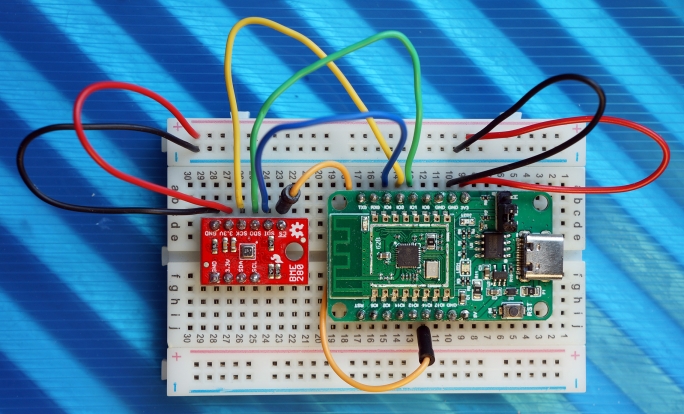
Thanks for the advice. Do you have suggestions how to setup/handle the backup? E.G. manually connecting the drive via USB and cloning the files via rsync/ borg, e.g. every week or every time a threshold of changes have been made? Or having a small extra machine with the backup hard drive and sending the files via the network?
I am also still a bit confused. I have 2x 12TB. Lets say I have 6TB files on my hosting drive. AFAICT can I have two backups/snapshots before the third backup needs to override the first backup. Or am missing something? Buying more drives for backup is not really doable, as drives do generally cost a buck and I cannot/ don’t really want to afford buying more drives.















Thanks, I will look into that!